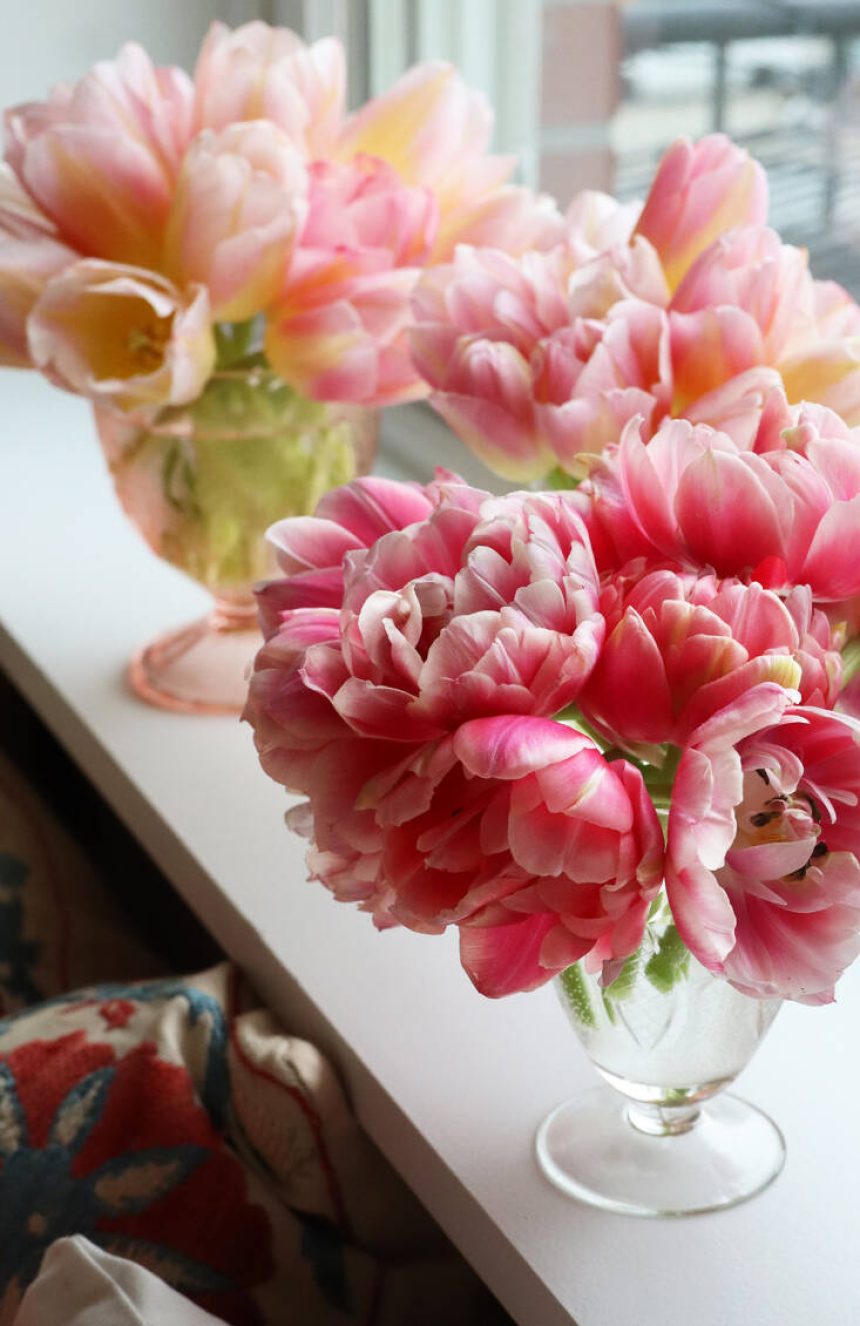6. Tulip
Meaning: Declaration of perfect love, romance, rebirth, and wealth.
Colors: Red: everlasting love. Pink: happiness. White: forgiveness—the perfect flower to say ‘I’m sorry.’
Note: Did you know that tulips are named after the Persian word for turban because they resemble a turban when in bloom?
7. Freesia

Meaning: Trust, faithfulness, and child-like innocence.
Colors: White: purity. Yellow: joy. Red: passion.
Note: Very popular to welcome a new baby and for baptisms. Also, freesias have been wildly used in weddings because they represent the trust between the couple.
8. Gardenia

Meaning: Exhilarating emotions, ecstasy, joy, love and peace.
Note: Gardenias are said to posses high spiritual vibrations, so float a blossom in a bowl of water to increase peace and spirituality.
9. Chrysanthemum

Meaning: Abundance, happiness, and joy.
Colors: Violet: get well wishes. White: honesty and loyalty.
Note: According to feng shui theory, this flower brings happiness into a home, especially yellow ones, as they represent the sun. It is also a sacred flower of Asia. However, in Italy and Malta, it is considered unlucky to have this flower in your home and you only give chrysanthemums for funerals and sad events.
10. Carnation

Meaning: Health, energy, and bonds of affection.
Colors: Pink: a mother’s love. Striped: sorry, I can’t be with you. Dark red: deep love.
Note: In ancient Greece, Dianthus caryophyllus was considered a divine flower and was used for ceremonial crowns. Dianthus gets its name from the Greek word ‘dios’ meaning ‘god’ and ‘anthos’ meaning ‘flower’.
For more on cut flowers, see:
N.B.: This post has been updated with new photos and links. It was first published February 2022.
(Visited 554 times, 1 visits today)







